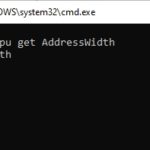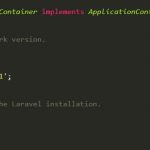The trend of “Big Data” has been growing rapidly in recent years. Online analytical processing (OLAP) is a type of information technology that is used to automatically analyze data and report on trends, patterns, and other important features. OLAP can be broken down into two categories: multidimensional and online cubes.
OLAP is frequently used for ad hoc reporting, and reports are typically created in a pivot or matrix layout. Finance, operations, sales, and marketing are among the departments that may benefit from OLAP. Budgets and forecasts are two examples of applications.
Multidimensional OLAP provides users with the ability to create complex queries which are executed by an underlying engine such as MDX or NETezza; while Online Cubes allow for the creation of pre-built queries without requiring any knowledge of complex formulas like those used in Multidimensional OLAP.
The benefits of using this type of software include the speed with which it operates because it does not require any data movement from the data warehouse and the fact that it has no limit on size. The downside to this type of software is that it can be hard to maintain due to its complexity.
OLAP cubes are used to analyze large data sets. A cube is an example of this type of analysis, where individual account receivable amounts for a business with due dates can be measured and broken down by date or another factor that corresponds with its dimensions in order to determine what was received when versus how much they owe out-of pocket.
A certain characteristic about online analytical processing (OLAP) processes is the use/creation of tables derived from relational databases’ snowflake schema tables. This relates back directly into why some companies might want their financial metrics quantified using these tools – wanting greater accuracy than could otherwise be obtained through manual tallies alone; maybe there were mistakes made along the way, or perhaps the numbers are just too large to have one person tally them alone.
The data structures that are used in OLAP systems are based on multidimensional databases. OLAP databases are often smaller than data warehouses and faster to access. They also don’t require as much information about each record, which makes them perfect for business intelligence purposes where the detail is minimal but important
OLAP uses different types of queries depending on what you want it does with your data; whether it’s just looking at sales by month over time or understanding if customers who bought one product would buy another based on their behavior in this single transaction.
Regardless of whether a company decides on multidimensional OLAP or online cubes, they will have a more complete picture of the information by using this type of reporting technology.




